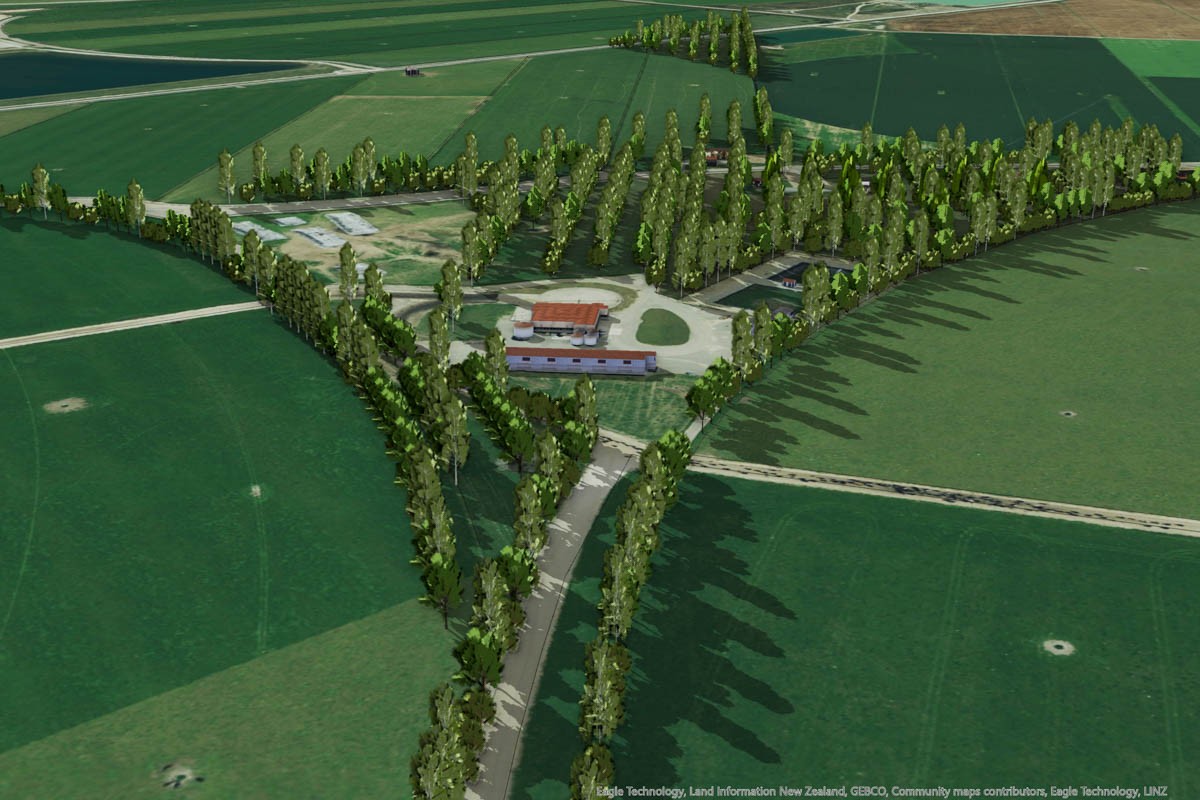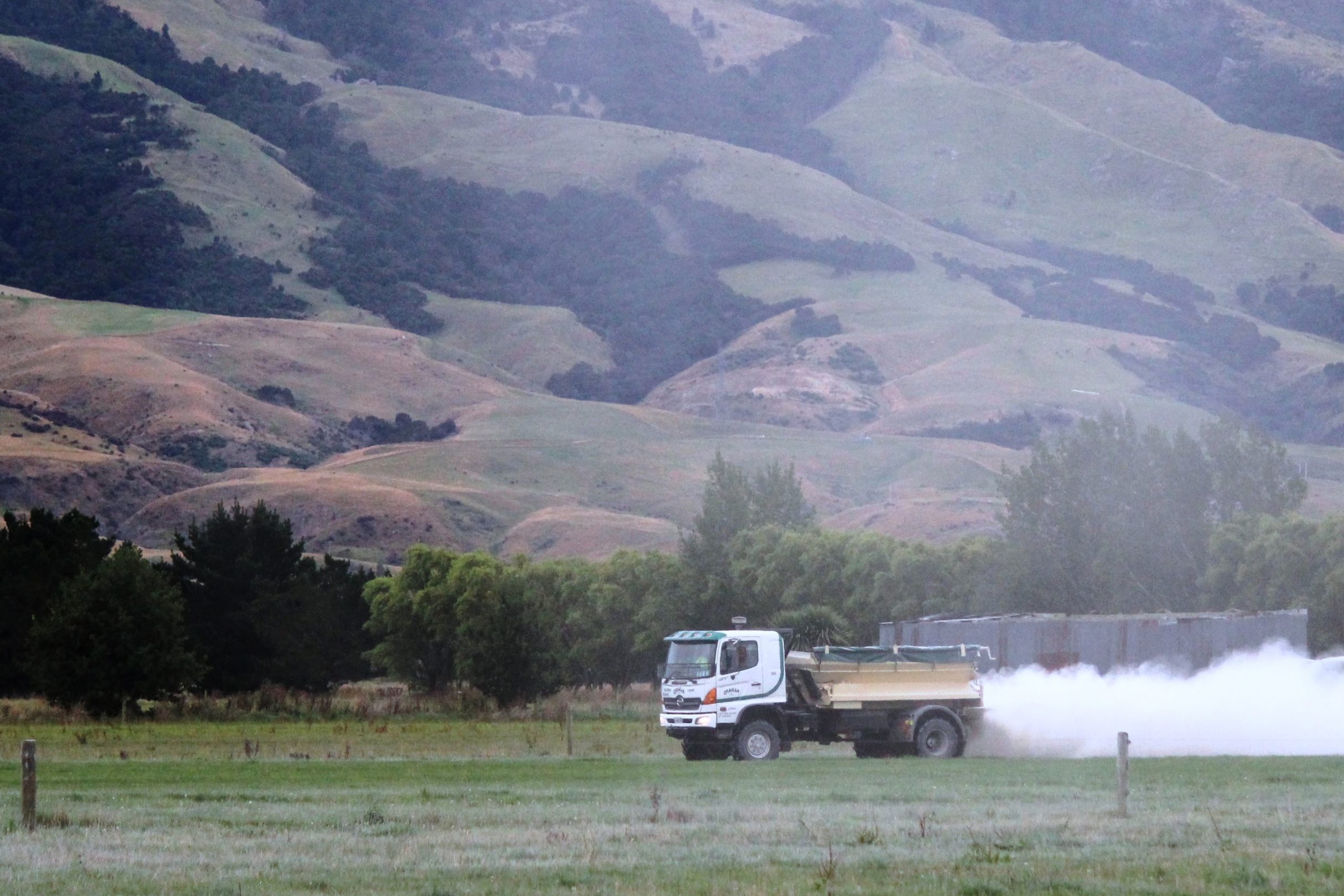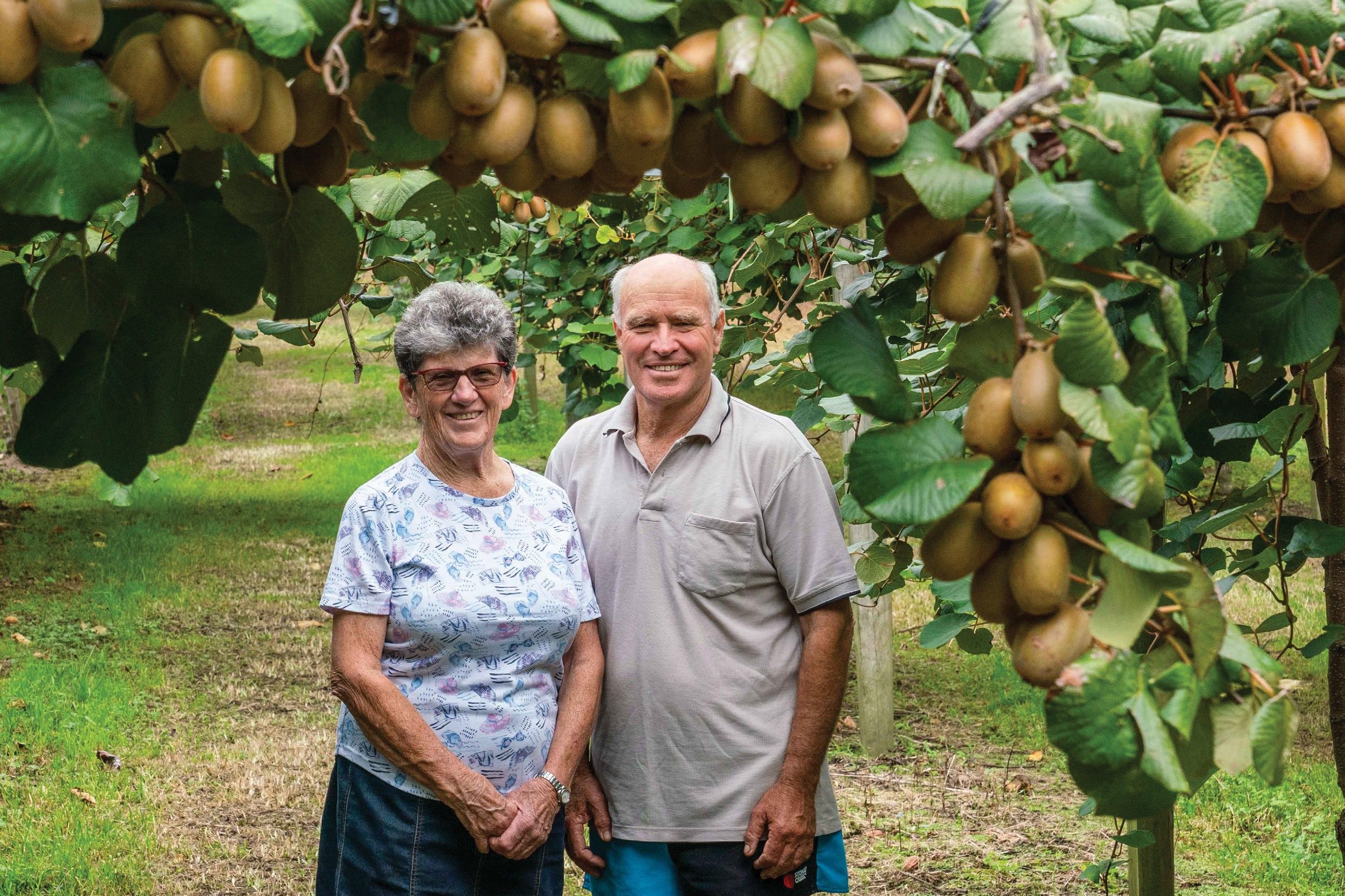Despite lawsuits in the United States, and Scrutiny in the European Union, glyphosate has no other effective herbicide competition. By Elaine Fisher.
Topsoil lost to wind erosion, the release of soil carbon to the atmosphere and damage to soil structure could be among the consequences for pastoral farming should the use of the herbicide glyphosate ever be banned, AgResearch principal scientist, Weeds, Pests and Biosecurity Team, Dr Graeme Bourdôt says.
“Glyphosate is a very important tool that dairy farmers have come to rely upon for pasture renovation and seed bed preparation for arable crops and maize silage. Herbicides are a key element in no-till planting programmes in the arable sector which allow farmers to protect soil structure and biology and reduce erosion.”
Glyphosate, best-known by the brand name Roundup, is under increased scrutiny in this country where there have been calls for councils to stop using it on roadsides. It is regulated in New Zealand under the Agricultural Compounds and Veterinary Medicines (ACVM) Act 1997 and the Food Act 2014.
Glyphosate is approved for use in the European Union until December 2022 when it will come under review. In the United States, Monsanto, now owned by German company Bayer, is facing more than 9000 lawsuits from plaintiffs, mostly former gardeners and agricultural workers who believe Roundup exposure caused their cancer.
Graeme says although there are no plans to do so, banning glyphosate in NZ would probably result in farmers reverting to the ‘older’ ways of vegetation control for establishing new pastures.
“This could include herbicides such as paraquat and summer fallows (tilling) with multiple soil structure and soil biota-damaging cultivations (to kill difficult-to-control weeds such as docks and buttercup which are readily controlled by glyphosate), topsoil loss to wind erosion and release of soil carbon to the atmosphere.
“The herbicides that were used prior to 1975, when glyphosate came on the market, are mostly still available but generally more than one of them is required to control all the target species and many of these herbicides have medium to long residual activity in the soil and other worrying environmental impacts.”
AgResearch does not have statistics for the use of glyphosate in the pastoral sector in NZ.
“We can confirm that it is an herbicide that pastoral farmers, including dairy farmers, have come to rely upon, particularly for pasture renovation and seed bed preparation. Its broad spectrum of activity against grasses and many broadleaved weeds and its lack of soil residual activity make it an ideal herbicide for removing the existing pasture plants and minimising the need for soil cultivation and a fallow prior to sowing the seeds of the new pasture,” Graeme says.
There appears to be no synthetic chemical herbicide alternative to glyphosate on the horizon and AgResearch is not working on finding an alternative.
“Our research with herbicides is focused on understanding and managing herbicide resistance evolution in weeds. This research includes resistance to glyphosate along with other key mode of action herbicides used in arable crops and pastures. At this stage only perennial and Italian ryegrass are known to be resistant to glyphosate in New Zealand.”
That research is conducted throughout the country and in each AgResearch campus, involves both internal collaboration (genetics, bioinformatics, data science) and with the Foundation for Arable Research, Massey University, NIWA, Landcare scientists and regional councils.
“Another key focus area for our weed research is non-chemical weed control; options include biological control using insects and fungi, deferred grazing to allow pastures to outcompete certain weeds and cover crops and other projects using advanced technology such as lasers and pulsed micro shocks.
“In addition, we have a substantial internal biosecurity focus with our research. Here we are aiming to quantify the weed risk posed by all 2841 exotic plant species in New Zealand that have either already naturalised locally or widely or are causal garden escapes that may eventually naturalise.
“This is a big ask, but if successful will provide biosecurity managers, for the first time, with the quantitative estimate of weed risk they require to objectively prioritise plants for national and regional weed management,” he says.
In 2018 AgResearch released the ‘Pastoral Sector Weeds Research Strategy’ and since it was written, AgResearch and its industry and university collaborators have been successful in securing five years of funding from Ministry for Business Innovation and Employment and the arable sector to research the extent of herbicide resistance in weeds of cropping farms in NZ and management mitigations.
This research delivers to one of the top three key issues identified in the strategy. The other two top key issues in the Strategy, Internal Biosecurity and Alternatives to Herbicides are being addressed through the AgResearch Strategic Science Investment Fund (SSIF) project ‘Ecology and Management of Pasture Weeds’ with co-funding from some regional councils and from aligned industry-led Sustainable Food and Fibre Future (SFFF) projects.
Graeme says the funding for the AgResearch-led ‘Managing Herbicide Resistance” MBIE project combined with existing SSIF and SFFF funding has enabled AgResearch to retain its unique weeds community of practice team of five scientists and four technicians.





